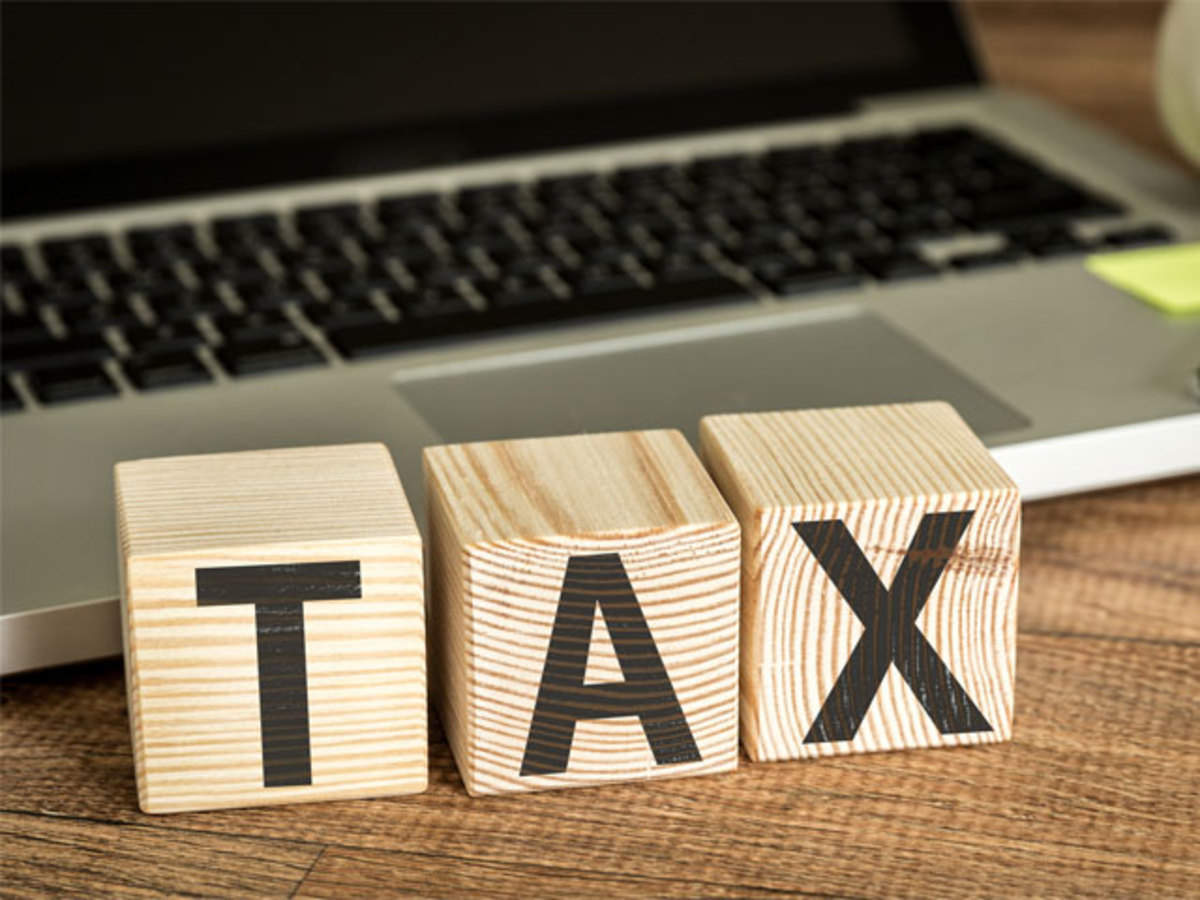One of the most worrisome trends in India on a macroeconomic level happens to be a massive fiscal deficit which is currently estimated at a staggering 9.5% as made apparent by the Union Budget, additing to this is a massive public debt amounting to INR 12 Lakh Crore. It is obvious that these major setbacks were owed to the financial meltdown brought about by the pandemic considering the pre-pandemic fiscal deficit to have been targeted at a sound 3.5%. But why is the largest economy in the world subject to such abject government income? Well to understand that we have to look at the government’s most prominent moneymaker, taxes. And India fails miserably at tapping into it’s huge human resource and collect taxes with efficiency.
Central Board of Direct Taxes revealed through a tweet dated 13th February of last year that the number of taxpayers in India stands at a mere 1.46 Crore which is less than 1% of India’s population standing at 130 Crores. It was also further clarified that among the 1.46 Crore figure, one crore of them reported an income between the range of INR 5-10 Lakh whereas only 46 lakh individuals reported an income over INR 10 Lakh.
Further breakup indicates that a total of 5.78 Crore citizens filed their income tax returns for FY2018-19 and out of those, 4.32 Crore individuals reported an income below the tax bracket. Furthermore, 3.16 Lakh individuals reported an income exceeding INR 50 lakh whereas only 8,600 individuals reported a net income of INR 5 Crore.
This culminated in the 2020 Union Budget reporting a gross tax revenue exceeding INR 24 Lakh Crore indicating a 12% increase compared to the revised estimates. Looking from a broader time frame we see that in the last 16 years the total number of tax returns have seen a growth of 62% whereas the taxpayers increased only by 22%. Another important trend we observe is that salaried individuals pay on average thrice the amount of tax than non-salaried earning individuals and all of this can be summed up by quoting that about 4% of the taxpayers are responsible for generating 60% of the total tax generated.
This is a very detrimental situation for the economy of the country as it is apprent from the direct tax to GDP ratio which has slumped to a 14 year low of 5.1% whereas total tax to GDP ratio hovered at 9.88% indicating quite clearly that India is an under-taxed nation. To get an understanding of how bad the situation is, according to Organisation for Economic Co-Operation and Development Countries reported an average GDP-to-Tax ratio to be at 34.3% in 2018 alone which is a significant departure of India’s 5.1% and this clearly reflects in the difference in social security contributions as well.
It is because of these deficits that higher tax revenues would have helped India’s post-pandemic recovery significantly. However, taxation policies tend to go down not so well with the vote banks and thus governments are reluctant to implenet any policy decisions strengthening the process. Even in the 2021 union budget the government to no one’s surprise and to the economy’s disdain has kept the direct tax burden unchanged.

